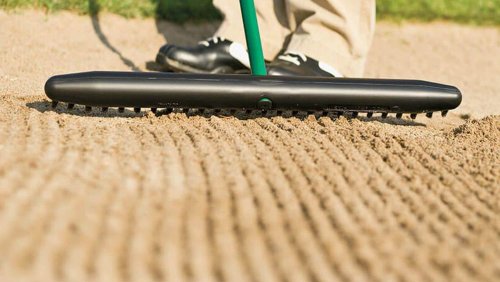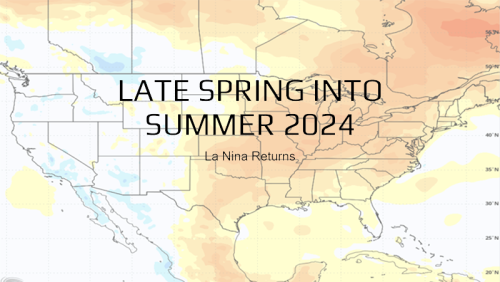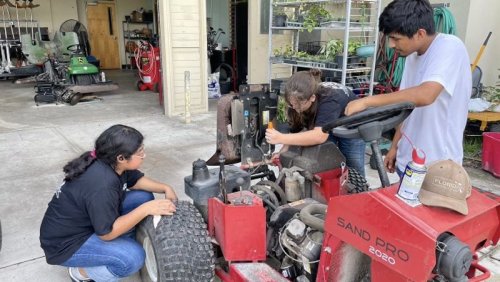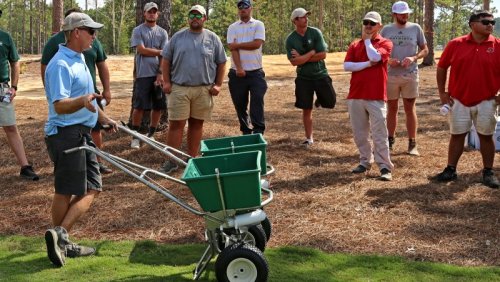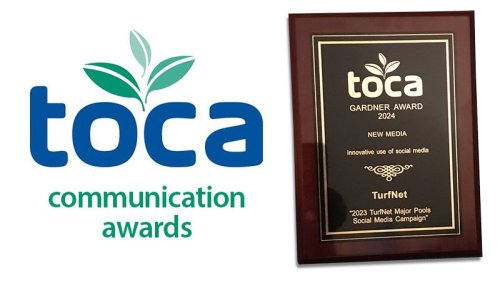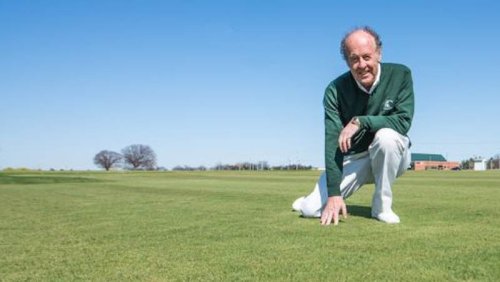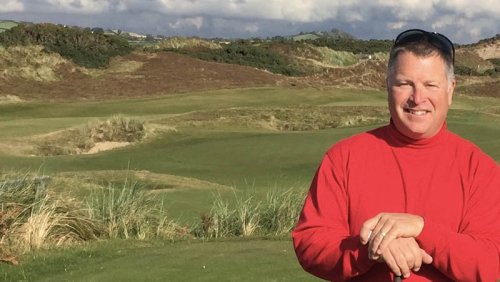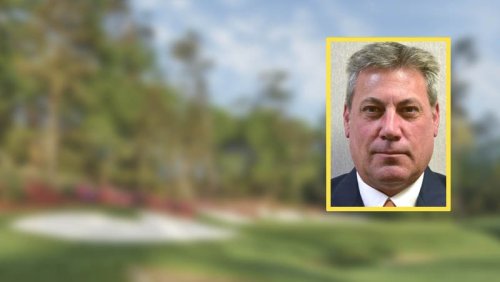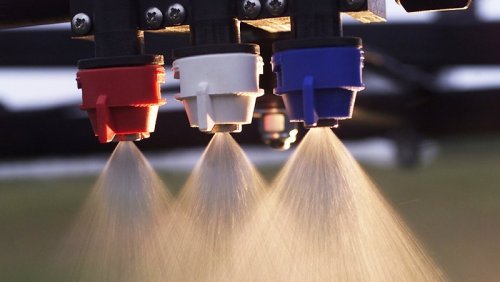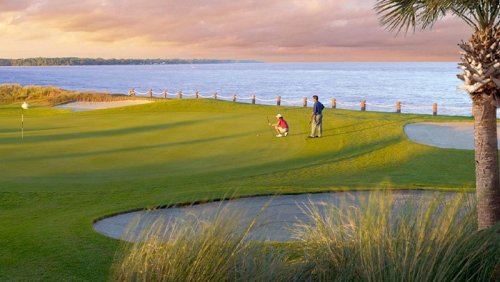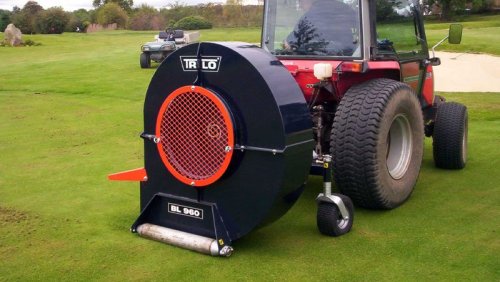
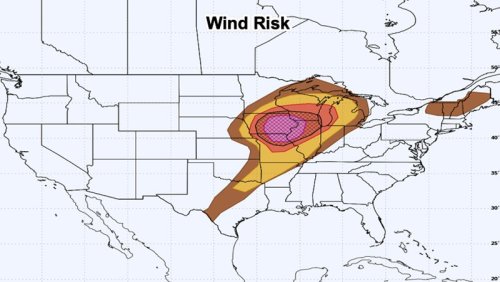
In the attached images, areas marked in the deeper colors will be where there is the highest risk for severe storms. Today (Tuesday) will be the worst day of the three with significant severe weather risk in the western portions of the Midwest and Great Lakes.
Wednesday, May 22 weather forecast. Graphic courtesy of T3 Golf
Weather forecast for Thursday, May 23. Graphic courtesy of T3 Golf This information is provided by meteorologists Garrett Bastardi and Herb Stevens of T3 Golf. Stevens is a former TV meteorologist and one of the original on-air personalities when The Weather Channel debuted in 1982. He has been providing weather reports to the skiing and golf turf industries for more than 20 years with Grass Roots Weather. In 2021, Stevens and Bastardi launched T3 Golf which provides golf course superintendents with short-term forecasts at a local level.
- Read more...
- 1,355 views

